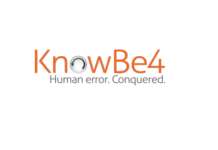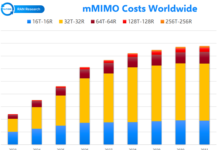
Introduction:
In the ever-evolving landscape of technology, optoelectronics stands at the forefront, powering innovations across various sectors with its seamless integration of optics and electronics. From telecommunications to healthcare, automotive to consumer electronics, the optoelectronics market plays a pivotal role in driving efficiency, connectivity, and sustainability. This article delves into the dynamics, trends, and transformative potential of the optoelectronics industry.
Market Summary:
The global optoelectronics market size was valued at USD 7.18 Billion in 2022 and is expected to surpass USD 32.34 Billion by 2031, expanding at a CAGR of 18.2% during the forecast period, 2023–2031. The growth of the market is attributed to the increasing demand for advanced consumer electronics. Moreover, technological advancements are expected to spur the market growth.
Optoelectronic devices are deployed in areas such as LED lighting, optical sensors, optical interconnects, and photonic cells. These are the devices that either covert light energy to electricity or electricity to light energy through semiconductors. These devices are expected to replace traditional electronics due to their cost effectiveness, high performance, and durability.
Market Dynamics:
The optoelectronics market is propelled by several key drivers:
Demand for High-Speed Connectivity: The exponential growth of data traffic and the advent of emerging technologies like IoT, AI, and edge computing fuel the demand for high-speed, low-latency communication networks, driving the adoption of optical components and fiber optic infrastructure.
Shift towards Energy Efficiency: Rising environmental concerns and stringent regulations incentivize industries to embrace energy-efficient lighting solutions and renewable energy technologies, boosting the demand for LEDs and solar cells in residential, commercial, and industrial applications.
Advancements in Display Technologies: Consumer preferences for immersive viewing experiences and the proliferation of digital signage drive innovation in display technologies, spurring the adoption of OLED, microLED, and mini-LED displays across various end-user segments.
Emergence of Automotive LiDAR: The growing emphasis on vehicle safety, autonomy, and advanced driver assistance systems (ADAS) fuels the demand for optoelectronic components such as LiDAR sensors, enabling accurate perception and mapping in autonomous vehicles.
Optoelectronics Market Drivers, Restraints, Trends, and Opportunities
- Increasing demand for optoelectronic equipment in consumer electronics such as CD/DVD & Blu-ray storage technologies, flexible television display panels, photocopy machines, and smartphones.
- Rising demand for sophisticated devices that offer efficient solutions, dynamics areas of applications and portable devices is anticipated to spur the market growth.
- Low customization rate, complex operational usage, and high deployment costs are some of the key factors that are expected to drive market growth during the forecast period.
- High cost physical & thermal testing are the major restraints of the market growth.
- The COVID-19 pandemic has adversely affected the market growth due to the suspension of manufacturing operations and slowdown of transportation across the globe.
Competitive Landscape
Key players in the global optoelectronic market are Avago Technologies, JDSU, Fujitsu, Oplink Communications LLC, Broadex Technologies, Sony Corp., Finisar, Sharp Corp., Oclaro Inc., Toshiba Corp., Accelink Technologies, Panasonic Corp., NeoPhotonics, BetaLED, Browave, and Philips. Companies are focusing on improving their product offerings by engaging in mergers and acquisitions.
For more information, access link: https://growthmarketreports.com/report/optoelectronics-market-global-industry-analysis


















